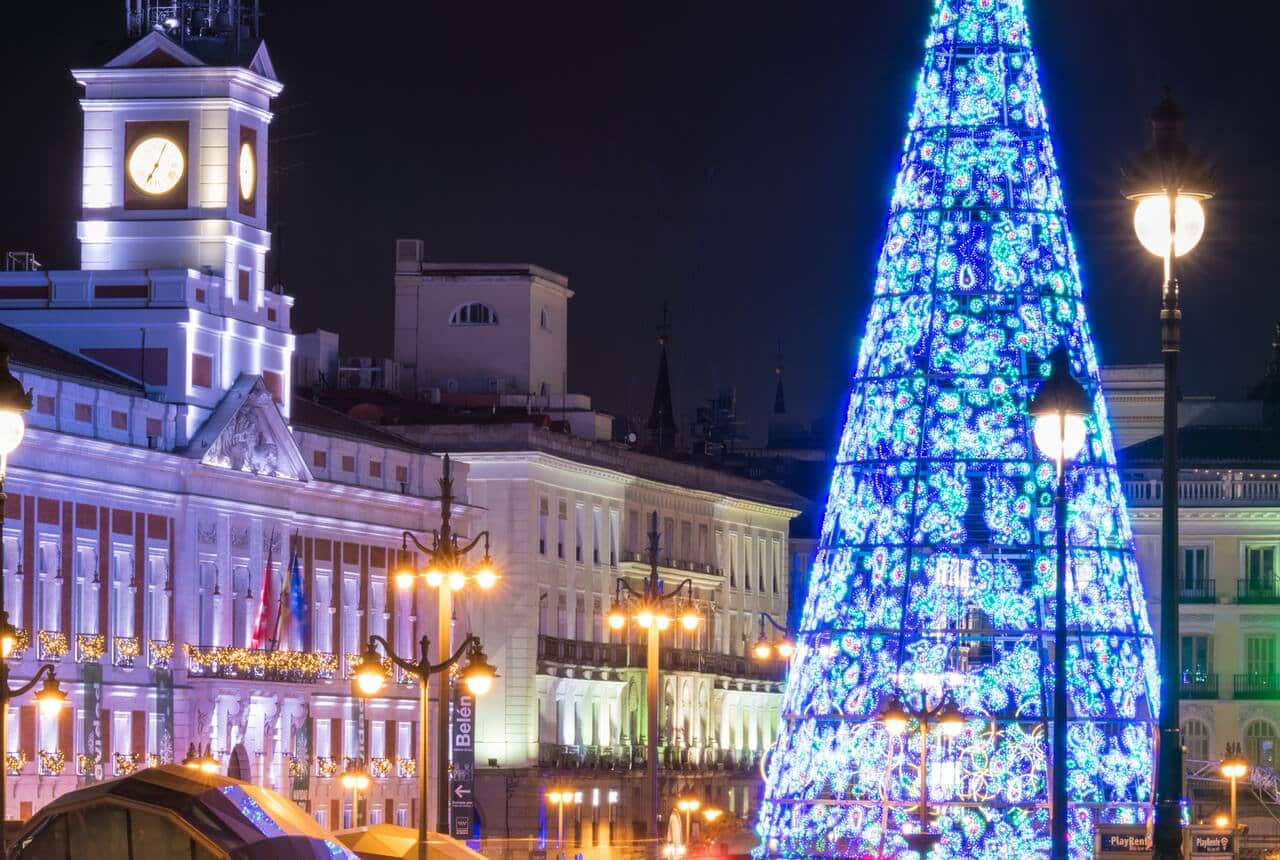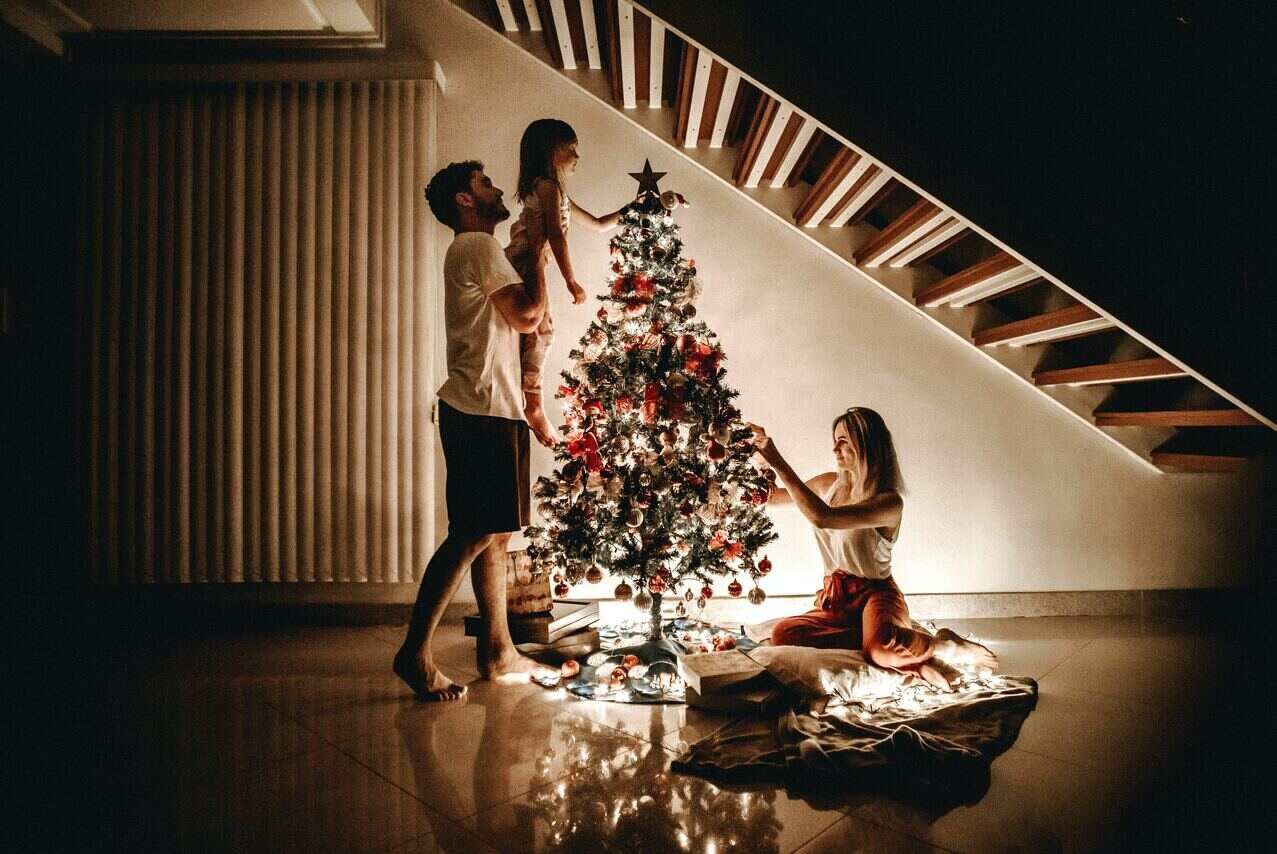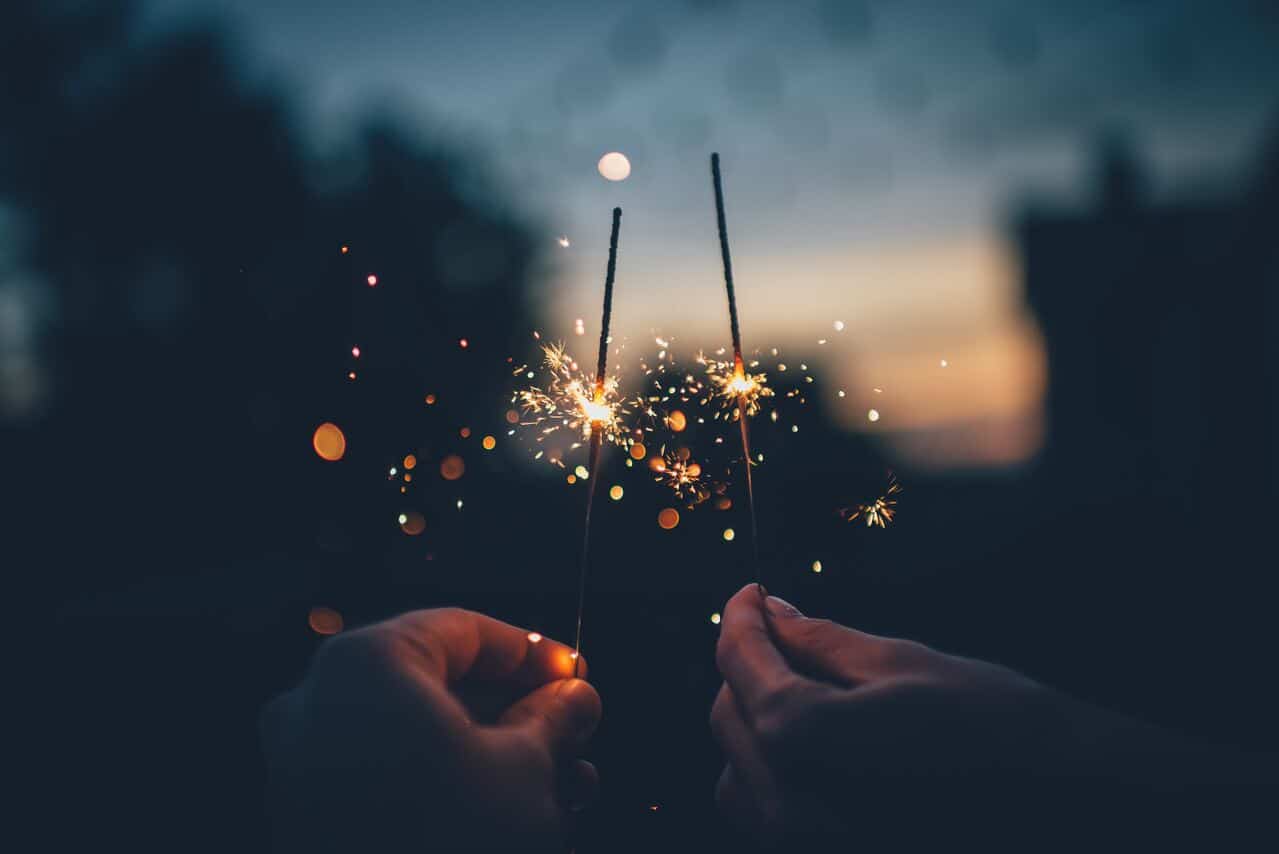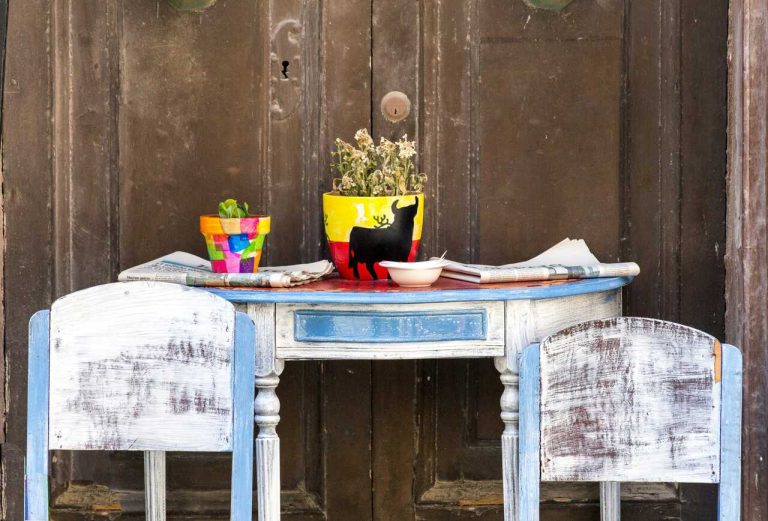
Christmas Traditions in Spain That Are Oh-So Charming
DATE:
Hey there, festive folks! Did you know that in Spain, instead of one jolly Santa Claus, they have the “Three Kings” who throw candy during parades? That’s right! Spain has its own set of wonderful Spanish Christmas traditions that give the holiday season a special twist. From tasty foods to grand parades, the Spaniards know how to celebrate Christmas. So grab your passport (virtually, of course!) and let’s travel through the Spanish Christmas landscape together!
A Timeline of Spanish Christmas Celebrations
When it comes to the Christmas season in Spain, the festivities don’t just last a day or two. Oh no, they go on for weeks! To get a clear picture, let’s check out this timeline.
El Gordo (The Christmas Lottery) – December 22
El Gordo, or the Christmas lottery, is no ordinary lottery. It’s the world’s largest, both in terms of the total prize pool and ticket sales. This Spanish Christmas tradition is so ingrained in the culture that even those who don’t usually gamble might buy a ticket. Who knows? Lady Luck might be on your side this holiday season!
Nochebuena (Christmas Eve) – December 24
This is not just any Christmas Eve dinner; this is “La Nochebuena!” Spaniards gather with family and friends to enjoy the main Christmas meal. But that’s not all, folks. Many families then head to Midnight Mass, also known as La Misa Del Gallo. It’s a heartwarming and deeply spiritual experience, even for those who aren’t religious. You’ll hear songs praising Jesus Christ, the Virgin Mary, and the Wise Men, all in a gloriously decorated church setting.
Día de Navidad (Christmas Day) – December 25
While Christmas Day is more subdued compared to Christmas Eve, it’s a time for families to gather once again for another hearty meal. Yes, Spanish Christmas is all about the food and family!
Día de los Santos Inocentes – December 28
Picture this: April Fool’s Day but in December. This day, known as “Día de los Santos Inocentes,” involves pranks and jokes, giving everyone a good chuckle during the holiday season.
New Year’s Eve – December 31
Ever tried gobbling down 12 grapes as the clock strikes midnight? Well, that’s how the Spanish usher in the New Year. It’s a quirky and fun tradition that everyone should try at least once.
The Three Kings Parade – January 5
On the night before Kings’ Day, Spaniards flock to the streets to witness the magnificent Three Kings Parade. Floats, musicians, and performers dazzle the crowds, while the Three Kings throw candy and small gifts. It’s a grand spectacle that brings communities together and sets the stage for the highly anticipated Kings’ Day.
Comparing Spanish and American Christmas Traditions
Sure, Christmas is celebrated globally, but different cultures have their unique spins. Let’s do a quick comparison between how Americans and Spaniards celebrate Christmas.
Santa Claus vs. Three Kings
In the U.S., Santa Claus is the star of the show, but in Spain, the Three Kings steal the spotlight. Spanish children write letters to the Kings, not Santa, asking for gifts. The Kings even make an appearance during the “Kings Parade,” where they throw candy to the delighted crowd.
Christmas Decorations
Americans love their Christmas trees and stockings. In Spain, however, elaborate nativity scenes are the focal point. Called “Belénes,”. Read on to find out more!
Holiday Dinners
While Americans feast on turkey and ham, Spaniards have their own set of traditional Christmas foods. Think “turrones,” a kind of nougat, and “polvorones,” crumbly almond cookies. Mmm, delicious!
|
Spanish Food |
American Food |
|---|---|
|
Turrones |
Turkey |
|
Polvorones |
Ham |
|
Roscón de Reyes |
Gingerbread House |
|
Seafood |
Mashed Potatoes |
|
Jamón (Spanish ham) |
Green Bean Casserole |

Spanish Christmas Symbols and Their Significance
So, you’re wondering what are the major symbols that scream “It’s Christmas!” in Spain, huh? Well, they have a fantastic mix of religious and cultural symbols that set the tone for the festivities.
Belénes, The Symbol Of Christmas In Spain
Forget just putting up a Christmas tree; Spain goes all out with their nativity scenes, known as “Belénes”. From small setups in homes to grand displays in public squares, these elaborate nativity scenes depict the birth of Jesus Christ in intricate detail.
Caga Tió (The Pooping Log)
Yes, you read that correctly. The Caga Tió is a wooden log with a painted face and red hat. On Christmas Eve, children in the Catalonia region hit the log with sticks while singing a traditional song, hoping for it to ‘poop’ out presents and sweets. Talk about a unique Christmas tradition!
Roscón de Reyes (Kings’ Cake)
This is a delicious ring-shaped cake adorned with candied fruits and sometimes filled with whipped cream. It’s particularly popular on Kings’ Day and often has a small trinket hidden inside for good luck.
The Three Kings
Ah, the main stars of the Spanish Christmas season. Representing the Wise Men who visited the baby Jesus, the Three Kings are beloved figures. They parade through streets, throw candy, and of course, bring gifts to the Spanish kids.
The Culinary Side of Christmas in Spain
Hungry for more? Spain is a gastronomic wonderland during the holiday season, and I’m here to dish out (pun intended) the delectable details.
Typical Spanish Christmas Sweets
Let’s sweeten things up. From turrones to polvorones and Roscón de Reyes, the Spanish know how to satisfy a sweet tooth. They also have a variety of marzipans and “mantecados” (lard cakes) to round off their lineup of Spanish Christmas sweets.
|
Sweet Treat |
Description |
|---|---|
|
Turrones |
A nougat-like confection, typically made of honey, sugar, and egg white, with toasted almonds. |
|
Polvorones |
Crumbly almond cookies, often flavored with cinnamon and lemon. |
|
Roscón de Reyes |
A ring-shaped cake adorned with candied fruits and sometimes filled with whipped cream. |
|
Mantecados |
Lard-based cookies, often enjoyed with a sprinkle of powdered sugar on top. |
|
Marzipans |
Almond and sugar paste shaped into small, decorative figures, usually fruits or animals. |
Regional Variations: How Different Areas Celebrate Christmas
You might be thinking, “Hey, does all of Spain celebrate Christmas the same way?” Well, just like a delectable paella has various ingredients, Christmas traditions in Spain also vary by region.
Basque Country
In the Basque Country, instead of Santa Claus or even the Three Kings, a character named Olentzero takes center stage. He’s a coal miner who comes down from the mountains to bring gifts. Quite the local hero, don’t you think?
Catalonia
Apart from the Caga Tió, Catalonia has another unique tradition. They include a “caganer” in their nativity scenes—a figurine depicted in the act of defecation! It’s believed to bring good luck and harvest for the coming year. Now that’s a tradition you probably won’t find anywhere else!
Galicia
Galicia, with its Celtic influences, often sees Christmas bonfires and bagpipe performances. You’ll also find the region’s signature dish, “lacon con grelos” (pork shoulder with turnip tops), gracing holiday dinners.

Spanish Christmas Traditions FAQs
You’ve got questions, and guess what? I’ve got answers. This section is designed to quench your curiosity about Christmas in Spain. Let’s get to it!
Why does Spain celebrate Christmas on the 24th?
In Spain, Nochebuena (Christmas Eve) is often more significant than Christmas Day itself. Families gather for a lavish dinner, attend midnight mass, and enjoy quality time. It’s all about family and togetherness.
What is the symbol of Christmas in Spain?
The most prevalent symbol of Christmas in Spain is the nativity scene, known locally as “Belénes.” These elaborate nativity scenes depict the birth of Jesus and are a centerpiece in homes, churches, and public squares.
FUN FACT…
On New Year’s Eve, it’s a tradition to eat 12 grapes at the stroke of midnight for good luck in the coming year.
Felices Fiestas
So, there you have it, a whirlwind tour of how Spain turns the dial up to 11 when it comes to Christmas traditions! From the gastronomic wonders to El Gordo’s life-changing jackpot, to the cavalcade of Kings parades, Spain knows how to celebrate Christmas like no other country.
Considering spending Christmas in Spain? Why not start by learning the language to get the most out of your experience! At SpanishVIP, we offer one-on-one classes with our Dedicated Teachers and have a team of Student Success Advisors to guide you through your learning journey. Start with a free 1:1 class or enjoy free 7 days of group classes.
Folks, if you’ve ever thought about experiencing a Christmas full of unique traditions, mouthwatering food, and a sense of community that’s simply heartwarming, Spain is the place to be. Feliz Navidad!








